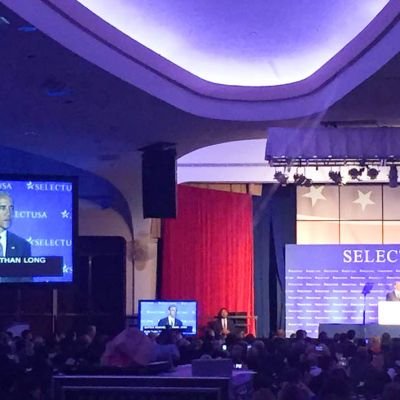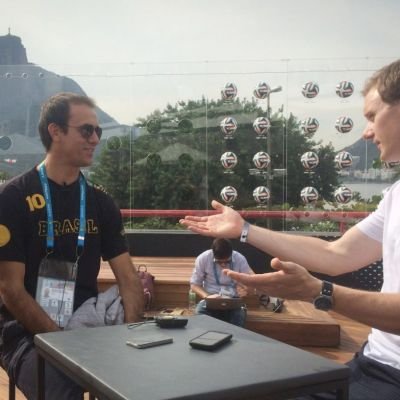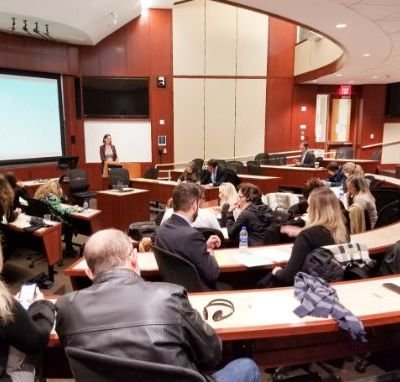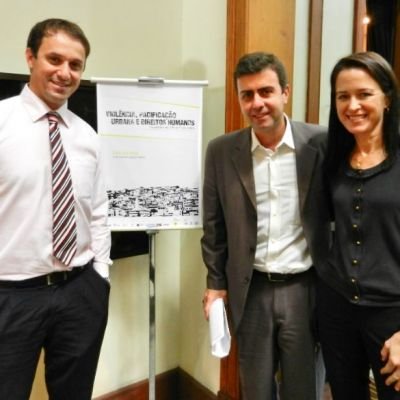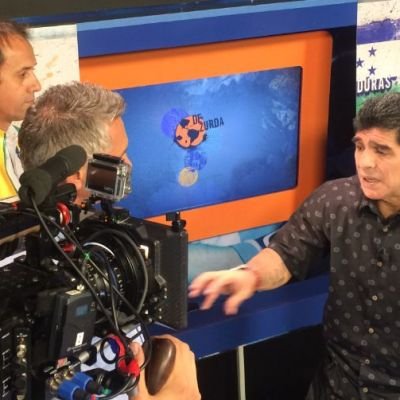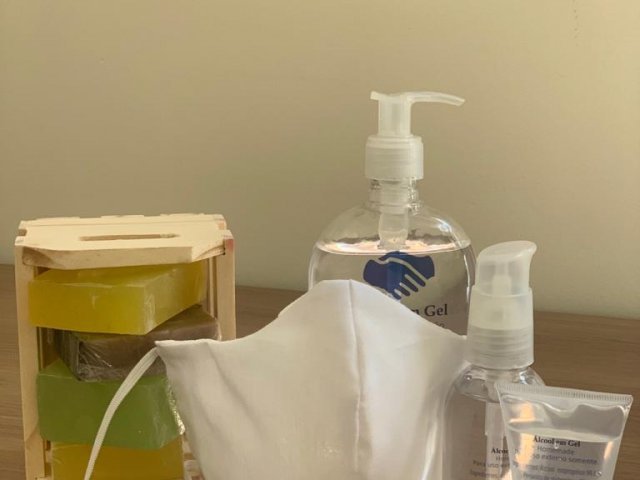Our group of professional interpreters works under the principles of collaborative economy and has been delivering excellent results for over 20 years. Our network includes interpreters with thousands of hours of booth experience and we provide cutting-edge simultaneous interpretation equipment as well.
We have the comprehensive solution in conference interpretation (also known as simultaneous interpretation) for events of any size and language, throughout Brazil and abroad, from our bases in São Paulo, Rio de Janeiro and New York.
Traveling Brazil and the world every day and CONNECTING PEOPLE is in our DNA!
Our Customers






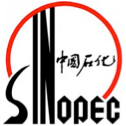
Our Interpreters
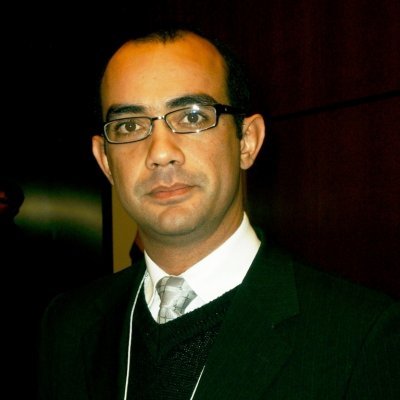
• Translator and Conference Interpreter
• Master’s degree in Public Management and Society from UNIFAL – Federal University of Alfenas and graduated in Business Administration from Mackenzie University – SP
• Certified translator and interpreter affiliated to JUCEMG and ATP-MG

• Translator and Conference Interpreter
• Graduated in Psychology from Konrad Lorenz University, Colombia
• Translator and Interpreter affiliated to APIC, ATA and Abrates

• Translator and Conference Interpreter
• Master’s degree in Economics and International Relations from the University of Amsterdam, Netherlands and master’s in conference interpretation from Glendon College, Canada.
• Translator and Interpreter accredited by the United Nations, Europe.

• Translator and Conference Interpreter
• Graduated in Business Administration from Universidade Estácio de Sá – RJ
• Translator and Interpreter affiliated to ATA.
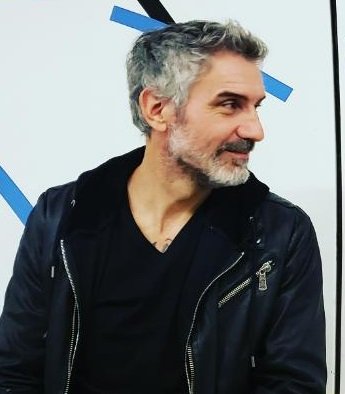
• Translator and Conference Interpreter
• Graduated from the University of Córdoba (Argentina).
• Affiliated to ABRATES.

• Translator and Conference Interpreter
• Graduated in Architecture and Landscaping from the Pontifical Catholic University/RJ
• Translator and Interpreter accredited by the Association Internationale des Interprètes de Conférence (AIIC) and the National Union of Translators (SINTRA)

• Translator and Conference Interpreter
• Graduated in Journalism and Oceanography
• Translator and Interpreter affiliated to Sintra

• Translator and Conference Interpreter
• Graduated in International Relations from the Universidad Externado de Colombia (Bogotá, Colombia), with a master’s degree in Sociology from Université Lille III – Charles de Gaulle (Lille, France).
• Translator affiliated to Sintra

• Translator and Conference Interpreter
• Graduated in Literature at the Universitè de La Sorbonne Nouvelle, Paris, with a master’s degree from the same University and a postgraduate degree in Conference Interpretation from PUC – RIO
• Translator and Interpreter affiliated to APIC, AIIC and Sintra.

• Translator and Conference Interpreter
• Translator and Interpreter affiliated to Abrates
If you need to hire translation services for your event, whether it is a large convention or a small meeting, we recommend that you read the following items to familiarize yourself with simultaneous interpretation.
WHAT IS SIMULTANEOUS INTERPRETATION?
Simultaneous interpretation, also known as Simultaneous Interpretation, is an oral translation service delivered immediately while the speaker is still speaking, without interruption. The speaker, trainer or other type of presenter speaks in a given language and the interpreter translates this speech a few seconds later, without interrupting the speaker.
In most cases, simultaneous interpretation is conducted using translation equipment to avoid interpreter interference with the speaker’s speech. The most common equipment is radio transmitters and receivers with the use of translation booths.
WHAT ARE THE DIFFERENT TYPES OF SIMULTANEOUS INTERPRETATION?
The main types of simultaneous interpretation are:
– Simultaneous interpretation with a Booth
In a soundproof full translation booth or in a partially soundproof half translation booth, the interpreter listens to a speaker’s speech through headphones and transmits the translation without interruption using a microphone. Participants listen to the translation through receivers, while sitting comfortably in their seats away from the booth.
– Simultaneous interpretation with Mini Equipment
This type of translation is also conducted uninterruptedly and using translation receivers and transmitters, but this time without the acoustic booth or half booth. It can be used for guided tours of factories and offices where movement is required, at meetings and in other situations where the interpreter will listen to the speech directly from the speaker.
– Simultaneous Whispered Translation
Translation is conducted directly for a few people without the use of translation equipment. The interpreter speaks directly to the people by whispering.
HOW DO I KNOW IF MY EVENT NEEDS SIMULTANEOUS INTERPRETATION?
An event’s success can be measured by the extent to which the speaker and the audience understand each other. This understanding between the two encompasses a variety of aspects: good visual communication, compatible levels of technical and theoretical knowledge, distinct rhetoric and presentation, clear diction, comfort and convenience, appropriate logistics and, without a doubt, strong language communication. To get an idea of the importance of simultaneous interpretation services, just think about all the other costs associated with the aforementioned issues (facilities, logistics, cost of the speaker/trainer, cost of employee hours in lectures/training etc.). What happens if the transmitted message is not completely understood? This investment and many other derived costs (such as loss of future sales, failures in technical issues, etc.) will be highly impacted.
In summary, events with more than one language and that are relevant for the participants must rely on professional simultaneous interpretation services, except if the parties involved are fully fluent in all languages employed.
WHICH TYPE OF SIMULTANEOUS INTERPRETATION IS MOST APPROPRIATE FOR MY EVENT?
The first matter at hand is to decide whether simultaneous or consecutive translation is most appropriate. In our experience, the most commonly used translation service is simultaneous interpretation. Within the realm of simultaneous interpretation services, the two most common are simultaneous interpretation with a booth and with a half booth.
This preference for simultaneous interpretation with a booth or half booth is not unfounded. This type of translation has better soundproofing and does not interfere with the dynamics of lectures, training, etc. Although there is an associated equipment cost (translation booth, translation receivers and transmitters, etc.), this cost generally “pays for itself”, since other types of translation also have other associated costs. In the case of consecutive translation, the presentation time doubles, because the speaker has to stop every few sentences to let the interpreter translate. This also has a profound impact on the dynamics. In the case of whispered translation, it is only feasible for a very limited number of participants. Translation with mini equipment and without a booth has issues such as lack of soundproofing, among others.
However, we cannot say that simultaneous interpretation with a booth or half booth is without a doubt the best solution in all aspects. Sometimes, the event is held in a very small room that lacks the space required to install a booth. At other times, the translation happens while people are on the move, among other situations that require custom service.
WHAT IS THE DIFFERENCE BETWEEN SIMULTANEOUS AND CONSECUTIVE TRANSLATION?
In summary, simultaneous interpretation is performed immediately after the speaker’s speech, without interruption. In consecutive translation, the speaker speaks for a few seconds and pauses for the interpreter to translate.
HOW MUCH DOES SIMULTANEOUS INTERPRETATION COST?
Simultaneous interpretation services are charged based on a daily rate of a 6-hour work day. For events that last longer than two hours, a daily rate will be charged for two interpreters, and for jobs less than two hours, only one interpreter.
In summary:
Less than two hours, one interpreter;
From two to six hours: two interpreters;
Over six hours: two interpreters (plus overtime) or depending on the duration, another pair of interpreters.
Therefore, the amount to be charged will be expressed in daily rates and not hours of work.
As for the specific amount, due to the different variables that are involved in a simultaneous interpretation job, such as language pairs, number of participants, appropriate translation type, etc., it is very difficult to present a table on this site, but click here for a quote and the Interpret Brasil staff will quickly provide an accurate solution for your needs.
WHAT SHOULD I DO IF MY EVENT NEEDS TRANSLATION FOR MORE THAN ONE LANGUAGE?
There are two main options in this case:
1) Hire interpreters fluent in all language pairs required:
Example: In an event with an American speaker and a Brazilian and Argentine audience, interpreters fluent in English > Portuguese and English > Spanish can be hired.
2) Use the relay technique:
In this case, there is a floating language, which is a language common to all interpreters who are translating into other languages. In Brazil, this floating language is usually Portuguese. In the case of UN events, the floating language is usually English. In other words, they are languages with greater availability of forming pairs.
Example: A French speaker gives his presentation in French. The French interpreter will translate into Portuguese and the Spanish and English interpreters will then translate from Portuguese into Spanish and from Portuguese into English, respectively. In this case, not all interpreters are fluent in French, but all are fluent in Portuguese.
In the case of relay translation, an interpreter center will provide interpreters with the option of listening to the speaker directly (usually labeled as “FLOOR” on these devices) or listening to the interpreter(s) in the other translation booth(s).
WHY DOES MY QUOTE INCLUDE TWO INTERPRETERS?
An interpreter works alone in an event that lasts up to two hours. A second interpreter is required for longer events. However, if the event comprises more than six hours of work, additional fees will apply or, depending on the duration, another pair of interpreters may be required.
In summary:
– Less than two hours, one interpreter;
– From two to six hours: two interpreters;
– Over six hours: two interpreters (plus overtime) or depending on the duration, another pair of interpreters.
WHAT TRANSLATION EQUIPMENT IS REQUIRED FOR MY EVENT?
This will depend on the type of translation to be performed, ranging from none (whispered translation) to a complete set of equipment (and staff), including soundproof translation booths, receivers and transmitters, whether by UHF, FM or Infrared, microphones, speakers, etc.
WHAT REFERENCES SHOULD I REQUEST FROM THE INTERPRETERS?
The reference data most commonly requested in the market are training, number of hours or days of simultaneous or consecutive translation performed, knowledge in the area of the event, among others.
IS IT SECURE TO HIRE SIMULTANEOUS INTERPRETATION EVEN IF THE EVENT IS CONFIDENTIAL?
A formal hiring process is always used for simultaneous interpretation services, which in itself already attributes a legal relationship between the companies. The companies also have the option of preparing Confidentiality Agreements prior to the events, further expanding the legal obligations between the parties.
AFTER HIRING, WHAT ELSE IS NECESSARY TO ENSURE A SUITABLE SIMULTANEOUS INTERPRETATION SERVICE?
It is essential to involve the interpreters as of the preparation stage of the event. It is very important that interpreters have access to the materials in advance to allow them to search for terms specific to the event field. It is also recommended that the speaker/trainer and interpreters be able to talk before the events to adjust definitions, check schedules, among other factors.
WHAT INFORMATION SHOULD I SEND ABOUT MY EVENT TO RECEIVE A PROPER QUOTE?
The minimum data required for an appropriate quote are:
– Event to be held;
– Estimated number of participants that will need translation;
– Languages to be translated;
– Location of the event (city, state);
– Duration of the event (in hours per day and number of days).
